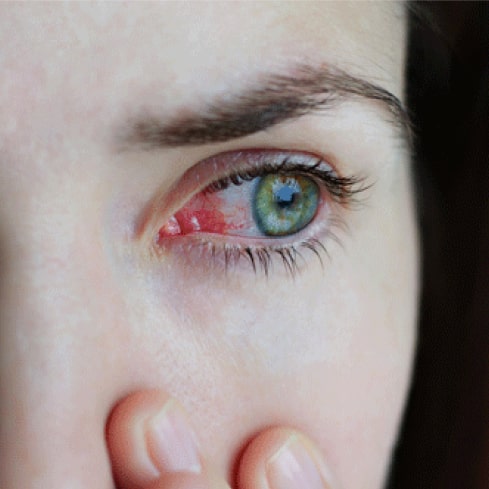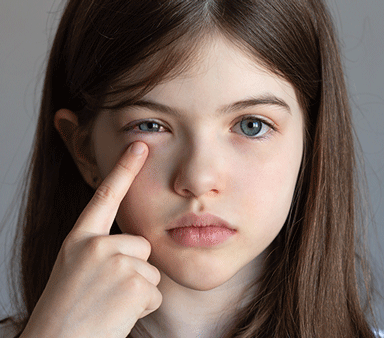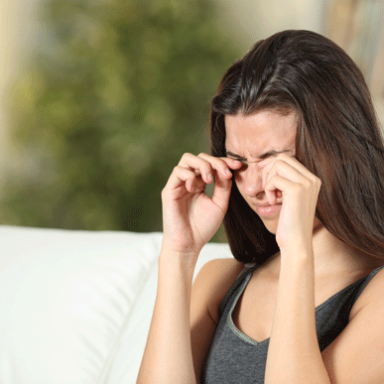It can be helpful to think of Venal Keratoconjunctivitis as a bit like eczema for the eyes. Instead of affecting the skin, it makes the outer protective layer of the eyes (known as the cornea) and eyelids feel itchy and become inflamed.1,2
The condition is a bit of a mouthful to say – pronounced ver*nall ker*a*toe con*junk*tiv*eye*tiss (try saying that 10 times fast!) – but handily, it’s usually referred to as simply VKC. You may also hear it called ocular allergy or allergic eye disease.1
Just like other allergies, you can get flare-ups where symptoms are worse and times when they get much better or disappear depending on your exposure to allergens. In fact, the vernal part of VKC’s name actually means spring and that’s because the symptoms are often seasonal just like common hay fever.3
Although it’s a long-term condition (known as chronic) and there is no cure, it often goes away as people get older.2 VKC usually first appears in children (mostly male) from around 3-years-old, then clears up in puberty, but some people can have it as an adult.2
In the meantime, it’s important to treat symptoms to stop them from getting in the way of everyday life and avoid any lasting damage to the eyes.2
VKC fast facts:
- It’s an allergy that affects the eyes
- You can’t catch it from anyone – it’s non-contagious
- It’s rare – 3.2 people per 10,000 have it in Western Europe4
- Boys get it twice as much as girls5
- It peaks at around age 11 – 13, but cases are seen in as young as 1-month old and as old as 75-years old1,5,6
- It tends to clear up in puberty or by age 25, but some have it longer5
- Around 12% of people who develop it in childhood continue to have it as adults7
- VKC is long-lasting (chronic)
- If untreated, flare-ups can last months or years
- Symptoms often get worse in the spring and summer or during warm dry weather
- But…60% of people get occasional flare-ups in winter6
- It’s important to treat symptoms to prevent complications
Causes of Vernal Keratoconjunctivitis
To understand what causes VKC, first, we need to talk about our immune system – our body’s natural defence system against nasty bacteria, fungi, viruses, toxins and parasites that could make us unwell. When an invader is detected, your immune system sends out its first responders: inflammatory cells and cytokines (substances that stimulate more inflammatory cells). It’s partly why we get a runny nose when we have a cold.
Allergies happen when the immune system overreacts to harmless substances like grass, pollen and dust. If you’ve got hay fever, then you get a red runny nose, for those with asthma, it causes wheezing and breathing difficulties and for people with eczema, it makes the skin itchy. In VKC the outer protective layer of the eyes and eyelids are affected and become inflamed.2
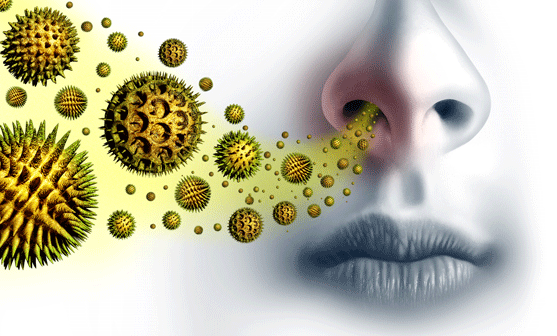
If you live with VKC, then your eyes are especially sensitive to airborne allergens, including:6
- pet dander
- moulds
- pollens
- tobacco smoke
- Hot, dry climates can also trigger a VKC flare-up – so you may find you get worse symptoms between April and August.
Risk factors – am I at risk?
As with a lot of allergies, you’re more likely to develop VKC if you or your family have a history of other allergies, including:8
- Allergic rhinitis – inflammation of the inside of the nose caused by an allergen. This is very common and affects around 1 in 5 people in the UK.9
- Atopic dermatitis – the most common form of eczema, a condition that causes the skin to become itchy, dry and cracked10
- Asthma – a very common long-term lung condition that affects the airways. In the UK, 1 in 12 adults and 1 in 11 children live with it.11
- Urticaria – also known as hives, wheals, welts or nettle rash – a raised, itchy rash that appears on the skin.12
In fact, more than two-fifths of people living with VKC have a history of the above allergies – also known as atopic diseases – and almost half have a family history of them.13
Anyone can develop VKC, but you’re twice as likely to get it if you’re a boy, rather than a girl, and 80% of cases are seen in those under 14-years old.5
Symptoms of Vernal Keratoconjunctivitis
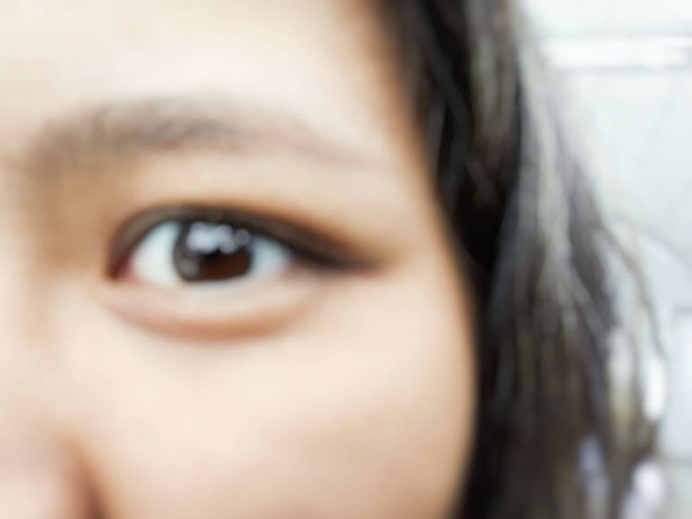
In VKC, usually both eyes are affected, and you might experience one or more of the following during a flare-up:
- Blurry vision1
- Itchy eyes
- Red or sore eyes1
- Sensitivity to light
- Sticky or watery eyes
- Puffy eyes
- A feeling like there’s something in the eye2
- Thick mucus discharge, particularly in the mornings
Sometimes the symptoms can be confused with Conjunctivitis (also known as red eye or pink eye) – an infection of the eye and eyelids from bacteria or viruses. Conjunctivitis is contagious and typical symptoms are redness, irritation, a sandy or burning feeling in the eyes, and puss which can cause the eyelids to stick together.6 Doctors can tell if it’s VKC rather than other types of allergic conjunctivitis because VKC does not affect the eyelid margin.2
Complications
In severe cases, when not treated, VKC can lead to:
- Ulcers
- Scarring on the corneas
- Clouding of the eye’s lens (cataract)6
Although these are very rare complications, they can lead to temporary or permanent vision loss in around 6 in 100 people, so they are serious.14 That’s why if you think you have symptoms of VKC, it’s important to see a doctor so they can diagnose and treat you.
How is VKC diagnosed?
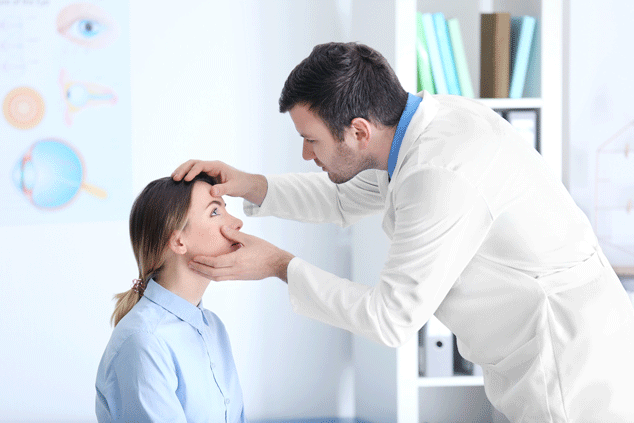
VKC is relatively simple to diagnose. Usually, a doctor can do this by:
- Asking you about your symptoms
- Taking your family medical history
- Examining your eyes
Sometimes they’ll use a machine called a slit lamp to help with this. This allows them to see more easily if your eyes and eyelids are red and if you have any tiny bumps called papillae or chalky-white nodules called Trantas dots which are less obvious signs of VKC.1,6
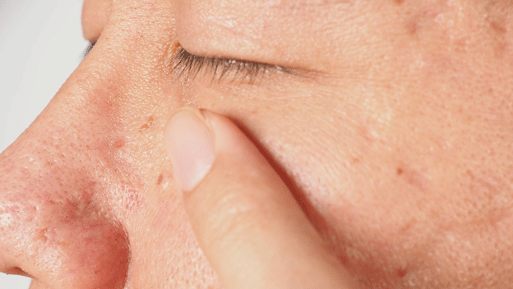
To rule out conjunctivitis or other causes, they may also ask you about:
- Contact lens use
- Exposure to chemicals or toxins
- If you’ve been close to someone with an eye infection
Treating Vernal Keratoconjunctivitis
Treatment of VKC is important for three reasons:
- Symptoms like blurry vision and soreness can stop you from feeling your best and reduce your quality of life
- In rare cases, complications can lead to scarring and temporary or permanent vision loss
- The longer someone lives with seasonal VKC, the more likely he or she is to develop the disease chronically.6
Luckily there are treatments available that can help prevent future flare-ups, relieve symptoms and prevent damage, such as medicated eye drops and other prescription medicines.6 The right one for you will depend on how severe the symptoms are. You should speak to your doctor for more information.
There are also things that you can do to help, day-to-day:6
- Avoid dust and other allergens
- Use a cold compress to soothe symptoms
- Try not to go out during hot afternoons
- Wear sunglasses during the day
- Try not to rub or scratch the eyes as that can make things worse1
- Wash your hands regularly and avoid touching the eyes
Important
If your doctor has prescribed you medication, it’s very important to use it exactly as your doctor has instructed. You shouldn’t stop using treatment until your doctor tells you to, even if your eyes feel better as your symptoms could come back.1
FAQs
Is Vernal Conjunctivitis painful?
It’s rarely painful but can be uncomfortable at times with symptoms of irritated, painful, itchy eyes and sometimes a burning sensation in the eyes.
Can VKC cause blindness?
In severe cases when VKC isn’t treated, it can lead to permanent vision loss and in some rare cases blindness.
Can girls get Vernal Ceratoconjunctivitis?
Yes, but boys are twice as likely to get it. In adults over the age of 20-years, the risk of getting VKC is the same between men and women.
Is Vernal Conjunctivitis curable?
There isn’t a cure, but treatment can soothe symptoms, help prevent future flare-ups and avoid permanent damage. Many children grow out of VKC by puberty but around 12% of adults will live with it.
Is Vernal Conjunctivitis unilateral?
No, usually VKC affects both eyes.
How rare is Vernal Conjunctivitis?
Rare: 3.2 people per 10,000 have it in Western Europe4
How can VKC be prevented?
Flare-ups of symptoms can be prevented by using treatment as directed by your doctor and lifestyle changes such as avoiding allergens and staying inside on hot days.
What is bilateral vernal conjunctivitis?
This just means that it affects both eyes, rather than one.


